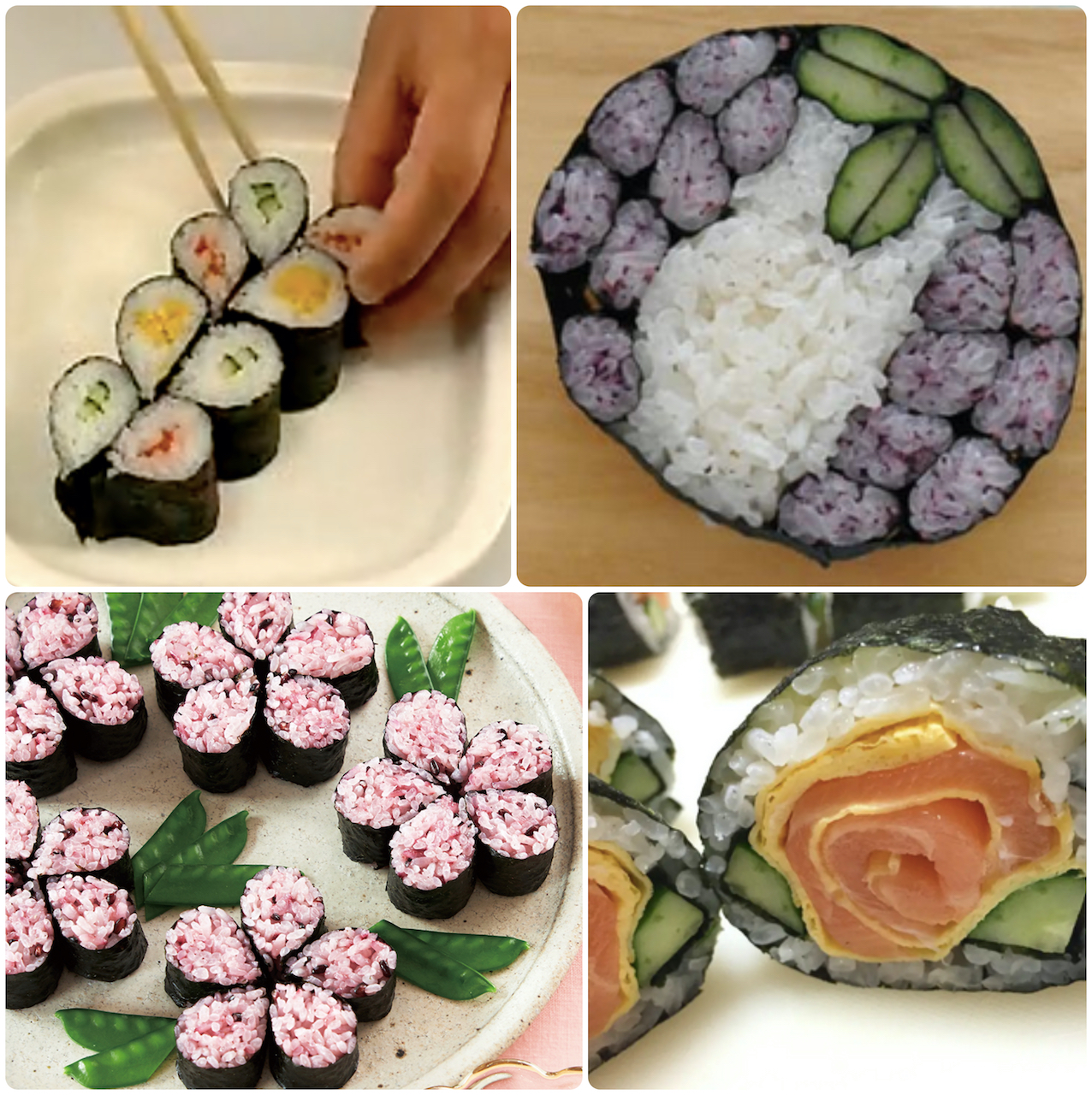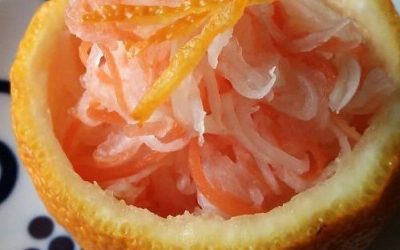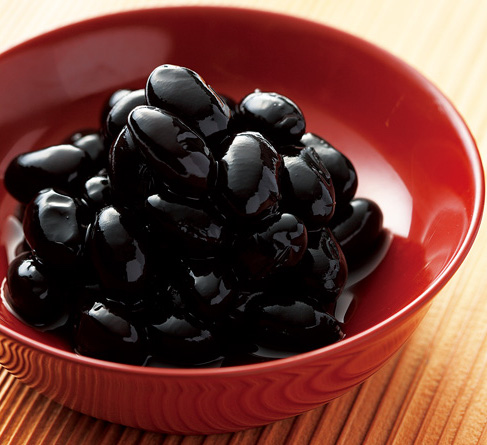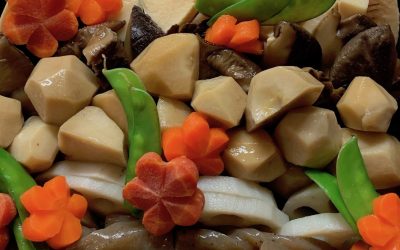
Kitchen Culture Cooking Club
EXPLORE and PRACTICE Japanese cooking in your own kitchenAbout Kitchen Culture Cooking Club
Welcome to the Kitchen Culture Cooking Club, a community space providing encouragement to those who want to EXPLORE and PRACTICE Japan’s washoku wisdom in their own kitchens.
To facilitate this, themed projects will be posted to this page periodically. Project Assignments and links to relevant reference material stored on this site will be posted to this page. Anyone, anywhere in the world, with a sincere interest in Japanese food culture is welcome to browse the contents of this page and then replicate the themed project in their own kitchen.
For those who wish to display-and-discuss their projects with like-minded people, I invite you to join the KITCHEN CULTURE Cooking Club Facebook Group (formerly the TSUDOI Project), an interactive community space.
PROJECT Flower-Inspired Rolled Sushi

Flower-Inspired Rolled Sushi
Use your imagination to create rolled sushi inspired by flowers. To get you started, here are some basic recipes:
This recipe for CLASSIC SUSHI MESHI includes instructions on cooking and seasoning rice, and information on the wooden tub in which the cooked rice is seasoned.
Flower-Inspired sushi rolls includes instructions for making PINK SUSHI RICE from black rice and for assembling some simple rolls.
FESTIVE FLOWER SUSHI ROLLS appear on pages 33-37 of KANSHA: Celebrating Japan’s Vegan and Vegetarian Traditions (Ten Speed Press, 2010)
My April 2023 NEWSLETTER is about FUJI (wisteria)
Recipes and Resources
Stock (Dashi)
Dashi stock is essential to making soups and simmered or stewed dishes. Dashi is also used when making many egg dishes and all sorts of sauces, dips and dressings. Using good dashi will make a noticeable difference in the outcome of so many dishes you prepare.
Click to download recipes for (vegan) Kelp Alone Stock or Standard Sea Stock + Smoky Sea Stock
How to Cook Rice
In Japanese, the word for cooked rice, ご飯 GOHAN, is the same as the word for a meal, ご飯 GOHAN. Indeed rice is central to the meal. Download the Rice with Mixed Grains recipe.
How to Prepare Sushi Rice
Sushi dishes are made with rice that has been seasoned (with sweetened vinegar) AFTER being cooked. Download the Classic Sushi Rice recipe.
Quick Pickles
The Japanese enjoy a wide variety of tsukémono pickles, many can be assembled quickly and are ready to eat within a short time.
Download a recipe for Quick-Fix Hakusai Cabbage.
Kuri Kinton
Kuri kinton sweet chestnuts in yam paste.KURI KINTON 栗金団 This traditional New Year’s sweet combines syrup-stewed chestnuts with a sweet paste made of mashed and sieved satsuma imo potato. The golden color of both the chestnuts and the potatoes are enhanced by...
Celebration Salad
Classic KOHAKU NAMASU, “red and white salad” is made from finely shredded daikon and carrots. Fruit peel is added after the vegetables have been salt-wilted and rinsed. The mixture is marinated in sweet-and-sour sauce for several hours to several days. Yuzu peel is...
Kuro Mame
Glossy sugar-stewed black beans, a New Year’s treat. KURO MAMÉ black beans・earnest effort 黒豆・苦労+忠実 In the world of culinary endeavor, word-play can add a nuance of flavor to mealtime. Several of Japan’s osechi dishes served during the New Year holiday exemplify...
NISHIMÉ
In the nishimé assortment pictured here, lotus root, carrots and country potatoes have been simmered Kansai-style while dried shiitaké mushrooms and konnyaku braids have been prepared Kanto-style. NISHIMÉ・煮染め Hundreds of variations on this classic soy-simmered dish...




